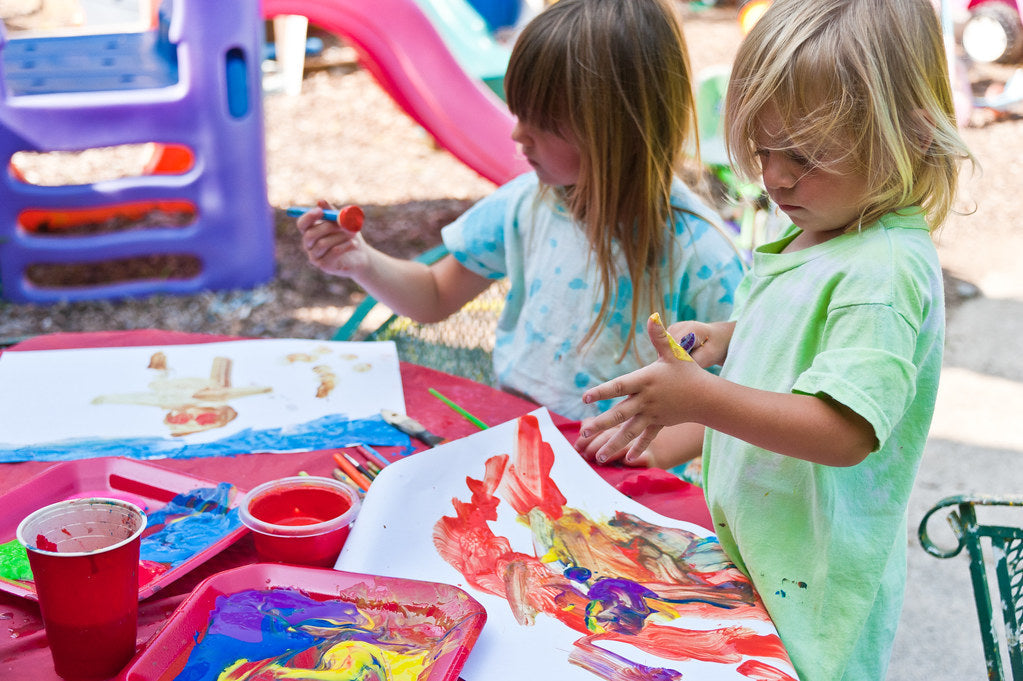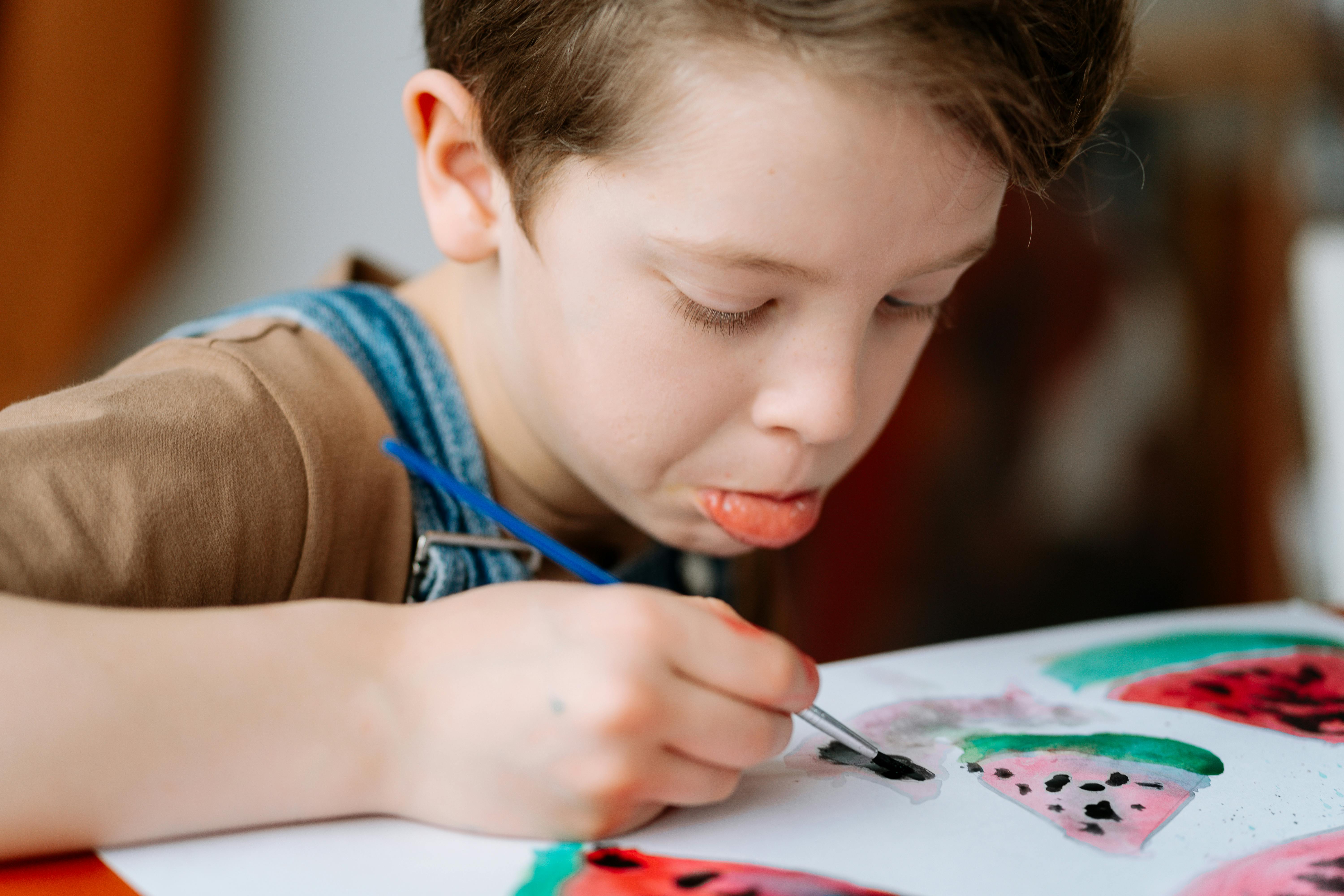
Gaining Confidence & Getting Creative With Your Child
May 5, 2020
By Beth Herrild
“We are far more colorful, far more creative, and far more charismatic than we know.” – Julie Cameron
Are you intimidated by the thought of teaching art to your child? Are you worried because you think you aren’t artsy or don’t have enough knowledge about art? Don’t worry about it, in fact, you are uniquely qualified to teach your child about art but maybe not in the way you think!
What if you replace the idea of teaching art to your child with the goal of discovering art with your child? Your child knows you and loves you and therefor will be comfortable with you. By choosing to discover art with her (we’ll assume it’s a her for this discussion, but it works just as well with boys) rather than teaching art to her, you create a collaborative exciting atmosphere where your child is not looking at you as the expert. This is important because if she views you as the art expert, she will likely either cognitively or unknowingly try to make her art look like yours. All of us have a desire to be successful and if you’re the expert then of course, your art is the right way to do it. The minute this happens, it becomes all about the product and not at all about the process.
But when you discover the art together it takes all of the pressure off of you having to be perfect and frees your child to make her own decisions and engage in the creative process. It’s in the creative process that kids get the good stuff we all want them to have. Process art is about experimentation, but not about being random. We also want to engage kids in planning, trying things, debriefing them, problem solving, making adjustments etc.
Here are some tips to get you going:
1. Give your child a project with some constraints and then let her tackle it however she wants within those guidelines. Like: “Today we are going to do watercolor using only the primary colors.” Show a couple of techniques and/or tips on using the medium. Then let her have at it!
2. Talk to her about her art, using questions like, “Tell me about your artwork?” or “Why did you choose those particular colors?” “Why are those people bigger than all of the others?” Avoid asking questions like “What is it?” or praising by saying things like “Oh that’s so pretty.” The more your child tells you about her artwork, the more she will understand the planning process her brain went through (even though she probably doesn’t realize it.) This will help her create more complex, nuanced art the next time.
3. If you praise her, try to say things like, “I love how hard you worked on that!” or “Wow, I wouldn’t have thought to use those two colors together; how interesting!”
4. Let her make her own decisions as much as possible and then debrief it the best you can, given her level and how willing she is to discuss it. Ash her what she likes best about it and why? Ask her what she might like to do differently next time.
It may take you a while to get comfortable with not being directive toward a specific product or not using a strict art curriculum, and some days will go better than others. But it WILL be worth it! Years from now, your children will thank you. Besides, you are also modeling how to be a life-long learner and maybe you’ll even have fun too!
Our boxes are perfect for discovering art with your child. We write the instructions to give enough structure for kids to learn something and feel relatively successful, coupled with lots of encouragement to make their own decisions and experiment! If you intimidated by the thought of teaching art to your child, remember, you are uniquely qualified to engage in art with your child. And, you do not have to be the expert – discover it together!

